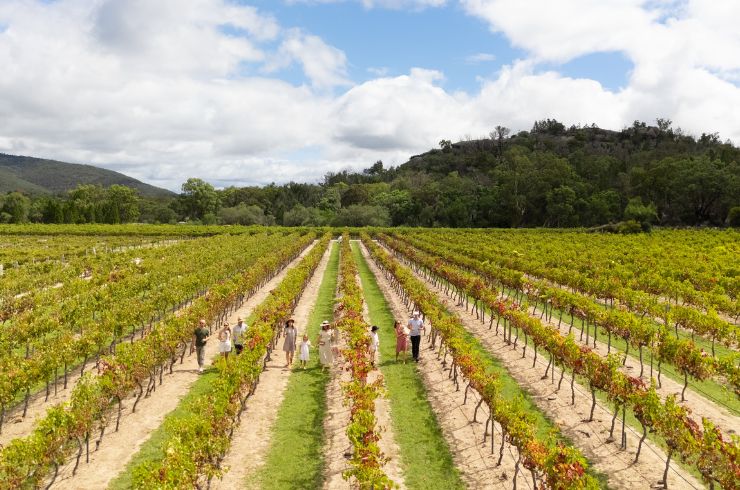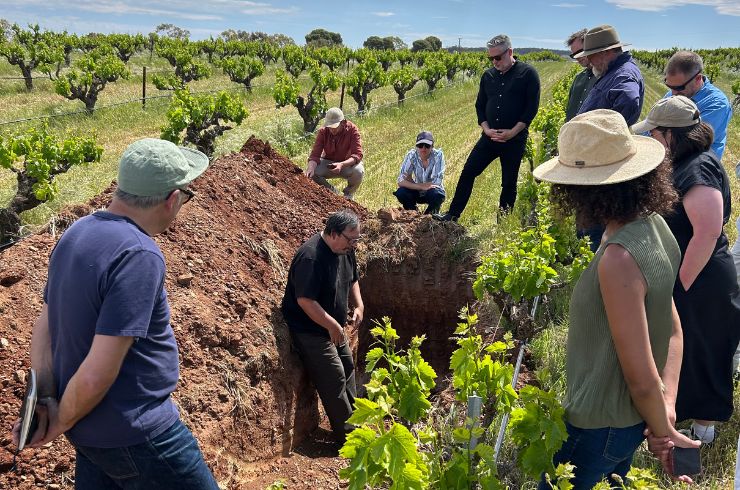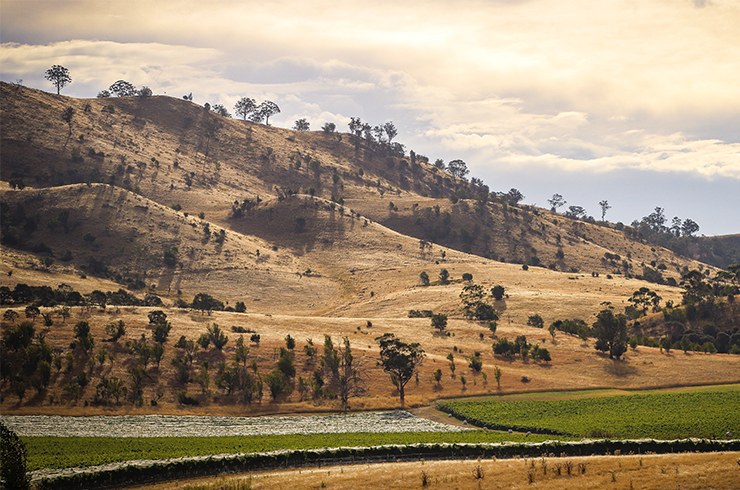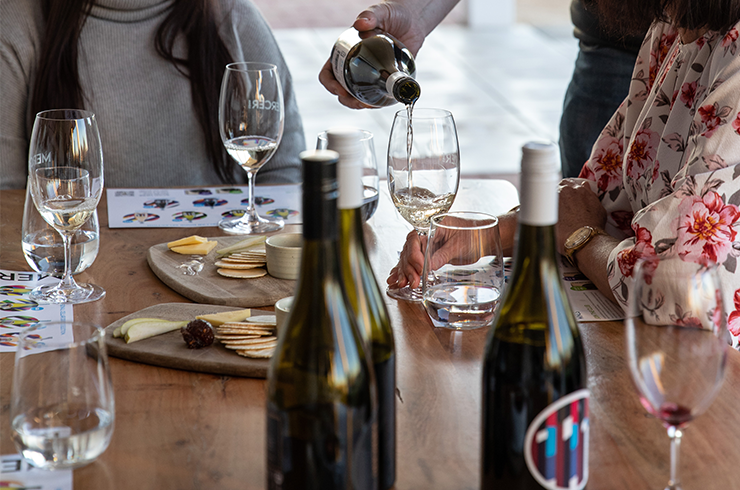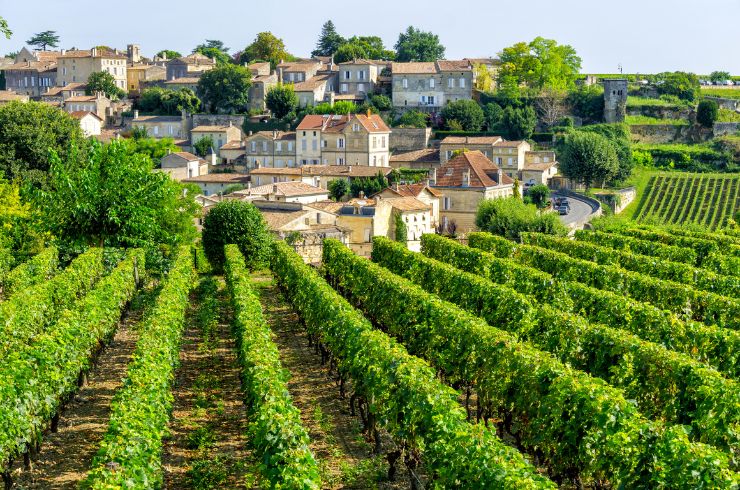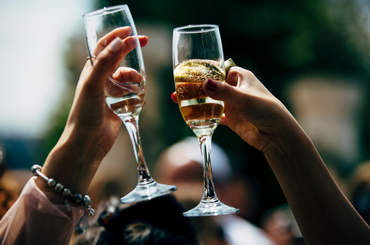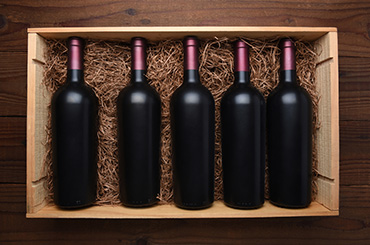Am I alone, or does anyone else out there get just as much of a thrill from a gorgeous wine glass as they do from drinking a super special wine?
As the sophistication of wine technology improves with every passing day, the sophistication of our appreciation grows too. This is no better demonstrated than with superior glassware; the kind that can make a wine sing its sweetest song.
And although different glasses have been used for different drinks for centuries, the modern era of advancement surely began in 1958 when RIEDEL took things to the next level with its introduction of grape-varietal-specific stemware. A new dawn of wine drinking began, and the belief remains so strong that the basic principles of this stemware architecture remain in place today.
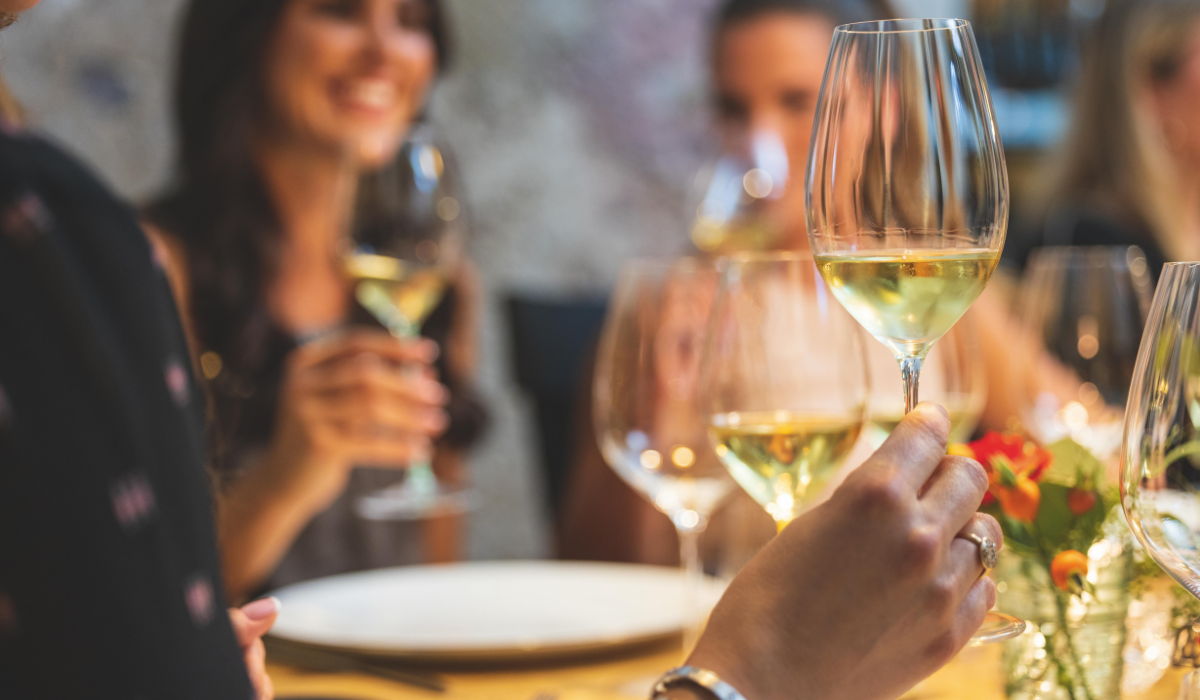
White favourites riesling and sauvignon blanc typically work well in glasses with a mid-to-long stem and a narrow bowl which tapers in to help concentrate the aromas and minimise the oxygen in the glass. Chardonnay, on the other hand, is almost the opposite. It demands a large bowl to create a bigger surface area, which allows the wine to breathe and oxidise to its heart’s content.
For reds, cabernet sauvignon and merlot like a tall glass with a broad base and a large bowl that tapers at the top. This allows a more significant amount of oxygen to touch the wine, helping it to open up, taste smoother and highlight its fruit flavours. Syrah/shiraz, sangiovese and malbec share glass-shape characteristics; shorter than the cabernet/merlot glass and with a slightly smaller bowl to allow the spices to soften. These wines also like a glass with a smaller opening, which deliberately slows down the speed at which the wine meets the palate, and a narrower bowl to trap the aromas. The widest red glass is typically reserved for pinot noir hedonism; the wider bowl encourages the intensity of flavour and allows more oxygen to encounter the wine.
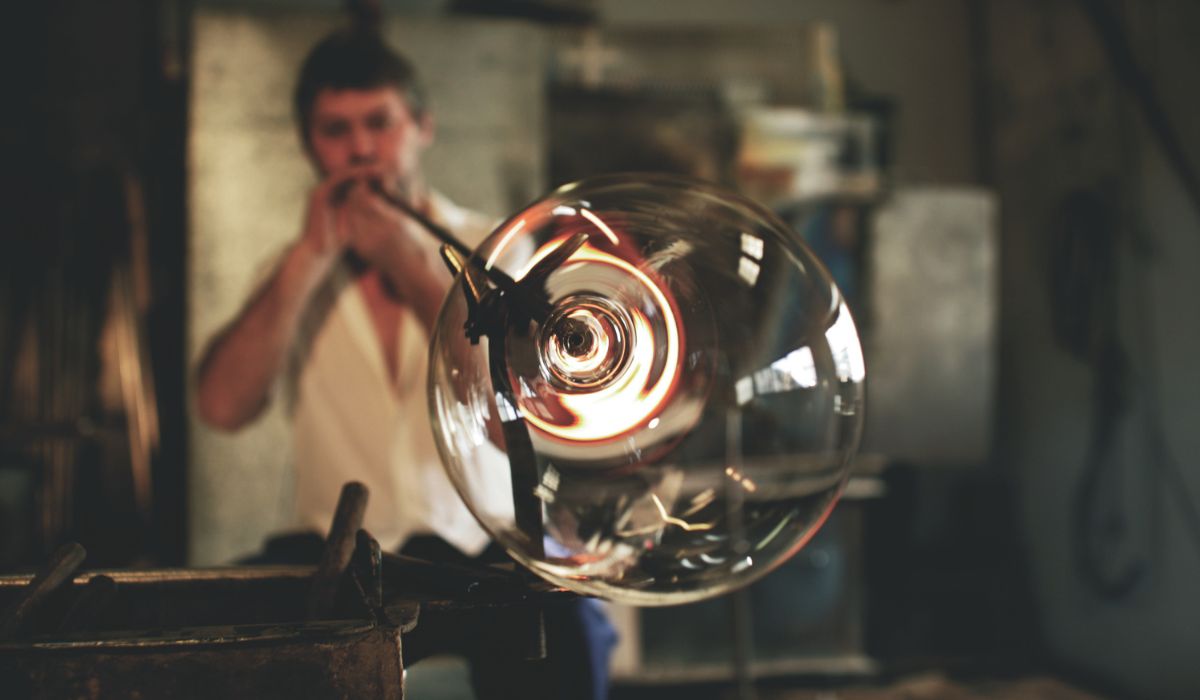
While that attitude and approach has worked – and continues to work – for countless wine drinkers the world over, isn’t simplicity usually the secret of success when it comes to wine? Stemware – in my mind – is no different. Fellow wine writer Jancis Robinson MW, for example, has crafted a beautiful range of wine-serving equipment in conjunction with London-based designer Richard Brendon. This collaboration didn’t roll out a library of glasses for every grape; it designed two. I use JR’s ‘original’ glass frequently for events and can vouch for the beauty and effectiveness of its simplicity, allowing the grape – or grapes – to shine without any superfluous fanfare about angles or proportions.
But in this day and age, is this the right attitude if you take your wine appreciation seriously? Cue Daniel Primack, a UK-based authority on wine storage, cellar design, and service including wine glasses and their impact on the perception of flavour. His introduction of Zalto to the UK wine trade in the noughties was a game changer for many, and through his stewardship, Zalto sales doubled year-on-year from 2008 through to 2014 in the UK.
Despite Zalto’s very successful range of grape-specific stemware, the innovation continues with the release of its newest glass, Balance, in late 2024. This one is different. It’s answering a whole new wine world need, says Daniel: “The wine world is changing. Increasing warmer vintages pose a challenge that is met with adapted vinification and new regions, plus countless exciting indigenous grapes are finding their way onto the market.”
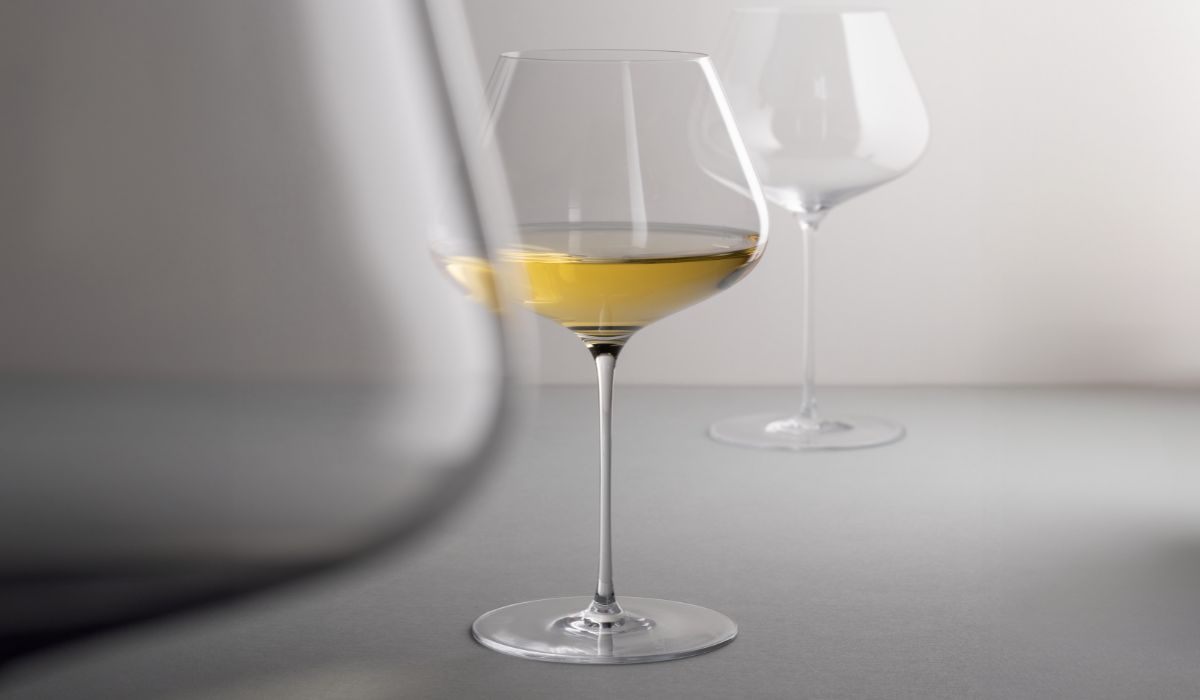
As such, he continues, trials have shown there was a need for the development of a new shape. A shape for wines that derive their character, balance and structure from phenolics, tannins, hints of volatile acidity, wood, yeast contact, resting on lees, or from oxidative elements and structure, or from elegance at physiological maturity.
“Vintages are creating the structure, yet winemakers are endeavouring to achieve the greatest possible elegance while maintaining physiological ripeness,” he adds. The result? A glass that “quietens the foreground and dominance of individual flavour elements, such as tannin or phenols, all in the name of achieving a harmonious balance. If the wine is too young, or if tannin, oak or acid are obvious, this glass smoothes out those characters and allows the fruit to come forward”.
Zalto has a valid point. After all, the changes we face in the wine world are bold and stark, and perhaps those are the next things that need addressing in stemware rather than worrying about the next best shape for say, blaufränkisch (no offence, Austria). Well, if this really is the beginning of the next chapter of stemware history, remember you read it here first.
12 international wines to test a variety of stemware in
2022 Claire Naudin La Plante Bourgogne Rouge, France
11.5% alc. RRP $73, drink by 2027
Warning: there’s serious drinking pleasure inside this bottle. An absolute treasure of a producer, Claire makes deliciously quaffable yet complex pinot noir under her own name (she also makes more traditional wines under her family name). La plante means ‘young plant’ in the local tongue, and this is ultra fragrant, squishy with raspberry fruit and has a sprinkle of star anise to finish.
2021 Hirsch Zöbing Riesling, Austria
12.5% alc. RRP $57, drink by 2036
This renowned estate in the village of Zöbing sits in the foothills of Heiligenstein in the Kamptal and is farmed biodynamically. Showing true riesling purity, the nose begins juicy and lush and is followed by smoky undertones. On the palate, the firm acidity grips onto the fruit, revealing both tension and generosity. Fabulous.
2020 Camille Giroud Bourgogne Blanc, France
12.5% alc. RRP $73, drink by 2026
A serious Burgundy tip-off (if you didn’t know the name already): all the wines from this domaine are incredible value and this is no exception. A blend of chardonnay from different locations, and very thoughtfully oaked, it’s initially crisp and yellow grapefruit-sour but quickly relaxes into a refined and concentrated beast.
2021 Pierre-Jean Vila St Joseph Préface, France
13% alc. RRP $95, drink by 2041
Without certification, but displaying a clear penchant for biodynamics, Pierre-Jean has crafted a very giving and pure syrah from 30- to 90-year-old vines. Moody and dark with beetroot, black pepper and a distinctive flinty backbone to all the smooth and supple vibes.
2019 Fuligni Rosso di Montalcino, Italy
14% alc. RRP $88, drink by 2029
Another need-to-know producer making some of the best sangiovese in the world. Complex, thoughtful, earthy, rich, alive, the superlatives could go on, but this fine example is also immensely approachable thanks to fruit from clay and tufa soils rather than the marl of the Brunellos and, as such, it’s cherry juicy to the max and yet sophisticated too.
2018 Catena Zapata Angelica Zapata Malbec, Argentina
13.5% alc. RRP $60, drink by 2030
A fitting dedication to the late Nicolas Catena Zapata’s indefatigable mother, a headmistress, this is the product of Catena’s tireless pursuit of high-altitude mountain vineyards to deliver serious concentration of both aroma and flavour. They’ve succeeded. This has a bullseye-hitting black fruit intensity with delicately balanced French oak. Impressive.
2021 Novum Pinot Noir, New Zealand
13.5% alc. RRP $65, drink by 2031
Can anyone talk about Novum without telling the story of founder Will Hoare being kicked out of school for selling homemade wine to fellow students? Today, he makes pinot with insanely decadent plum and cherry fruit, so supple and a great platform for the herbs and spice which follow.
2019 Trinity Hill Gimblett Gravels Syrah, New Zealand
13% alc. RRP $47, drink by 2029
Everyone knows Hawke’s Bay is syrah’s homeland in this country, and this one underwent a range of maceration periods, delivering real complexity and intrigue to the black cherry, vanilla, and freshly ground pepper flavours. Matured for over a year in French barrels in a range of sizes and ages. It’s a great representation of this grape.
2022 Guy Allion Sauvignon Blanc, France
12% alc. RRP $26, drink by 2027
For those wanting to taste Loire sauvignon as though it’s still made in the Loire (!), look no further than the famously bright energy of Guy Allion, whose whole focus is on zesty, light-to-the-touch but concentrated wines. The precision of this grape is a real joy, and offers immense value to boot.
2019 Château Cantemerle, Médoc, France
13% alc. RRP $85, drink by 2040
A really good vintage from Cantemerle, displaying all those black fruit and cassis characters expected of a fine Right Bank wine, but here, with its extremely well-handled tannins, the cassis isn’t tightly-wound, but fleshier, calmer. Those tannins really carry its good length, and with a nick of spice at the end. What’s not to enjoy about this cabernet-dominant blend?
2021 Folium Wines Sauvignon Blanc, New Zealand
13% alc. RRP $32, drink by 2026
Takaki Okada is the viticulturist and winemaker at Folium in Marlborough, a brand he started after cutting his wine teeth at Clos Henri. Certified organic, dry-farmed and with serious intensity to the fruit, this sauvignon blanc doesn’t scream so much as purr its way through the layers of lemon, soft fresh herbs and flint.
2020 Keermont Merlot, South Africa
15% alc. RRP $82, drink by 2032
Ignore the alcohol. What matters in this wine – made between Stellenbosch and Helderberg mountains – is the balance. With a smidgen of cabernet franc for company, this merlot has cinnamon, cloves and cigar box written all over it, with real grip to the tannin and freshness to keep it brisk rather than heavy.
This article appeared in issue #77 of Halliday magazine. Become a member to receive four issues per year plus digital access to over 180,000 tasting notes and more.
Latest Articles
-
From the tasting team
Mike Bennie on how Queensland’s Granite Belt wine region is shattering assumptions
20 hours ago -
From the tasting team
Marcus Ellis shares insights from the latest Alkina Grenache Assembly
1 day ago -
Wine Lists
Eighteen new gold and silver medal wines from Tasmania that you can shop now
23 Oct 2025 -
Wines to try
24 wines for spring that come recommended by the makers themselves
23 Oct 2025
